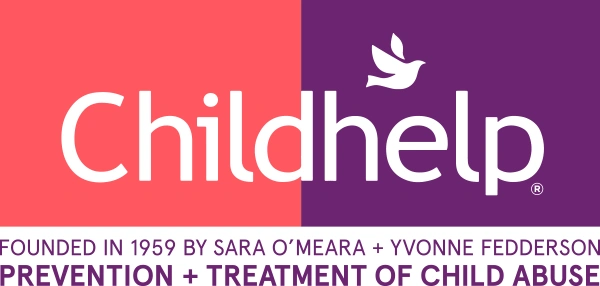Grooming is the act of deliberately establishing an emotional connection with a child to prepare the child for sexual abuse.
Grooming can happen in the physical world as well as on the Internet, where law enforcement estimates there are 50,000 predators online at any given time. Most at risk for grooming are youth who are isolated, have low self-esteem, or somehow need attention.
Grooming includes:
- Identifying and targeting the victim
- Gaining trust and access (online, this can include adopting a false identity)
- Playing a role in the child’s life
- Isolating the child
- Creating secrecy around the relationship
- Initiating sexual contact to “test the waters”
- Controlling the relationship through fear and guilt
Signs of a sexual predator grooming a child:
- Taking an undue interest in a child and being a “special friend”
- Giving gifts and money to a child for no apparent reason
- Showing pornography to a child
- Talking about sexual topics that are not age appropriate
- Invading the child’s privacy or personal space
Signs in a child that grooming is taking place in the physical world:
- Avoiding a specific person without an obvious reason
- Avoiding certain places where the predator may have access to the child
- Going through sudden changes in behavior or school performance
- Self-harming or attempting suicide
- Developing an eating disorder
- Complaining frequently of illness, like stomach ache, headache, sore throat
- Withdrawing from physical contact or closeness
- Being constantly watchful, as though preparing for something bad to happen
Signs in a child that grooming is taking place online:
- Spending an unusual high amount of time online, and withdrawing from other activities
- Switching off or hiding their screen when someone approaches
- Having secret or hidden accounts or e-mail addresses
- Having sexually explicit content on their device
- Receiving calls, mail, and gifts from people their parent or caregiver does not know
